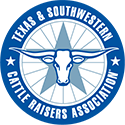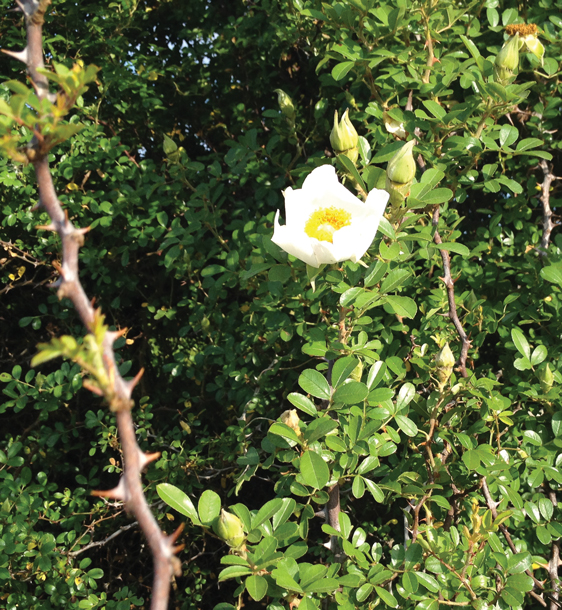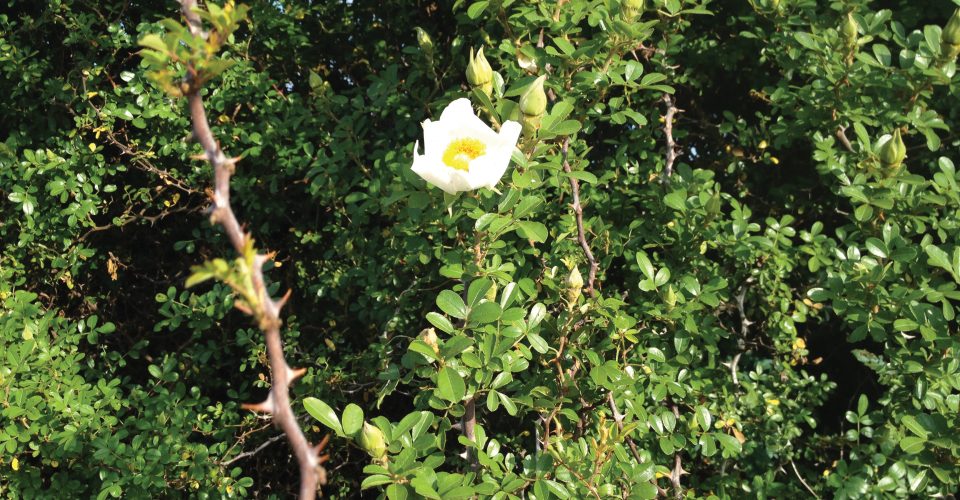Macartney Rose (Rosa bracteata)
Macartney rose is a warm-season, introduced perennial evergreen shrub that is adapted to the clay loam and clayey soils of central Texas and the coastal plains of Texas. It can reach a height of 8 to 10 feet.
It was imported to Texas during the early years of settlement by Europeans. It was planted to act as a living fence. While this practice is common in European landscapes, this plant escaped to invade the Texas countryside and act as a noxious pest.
- Can be found in pastures, rangelands, roadsides, drainage areas, fence lines and disturbed areas throughout the regions of adaptation
- Regions of adaptation seem to be expanding
- Has little value for grazing for domestic or wildlife species
- Leaves and hips may sometimes be used by whitetail deer for food
- Can provide escape cover for many species of wildlife
Macartney rose is a member of the rose family and has paired thorns along the stems, typical rose leaflets and a small white flower.
Macartney rose infestations can be controlled by timely applications of herbicides and by prescribed fire.
Editor’s note: Jeff Goodwin, USDA Natural Resources Conservation Service (NRCS), and Kent Ferguson, recently retired from NRCS, are providing us with plant identification photo stories to help ranchers identify those forbs, forages and brush species growing in the pastures. Photos are provided by the authors and by Stephen Deiss, USDA NRCS, Victoria.
Bahiagrass is excerpted from the July 2014 issue of The Cattleman magazine.






